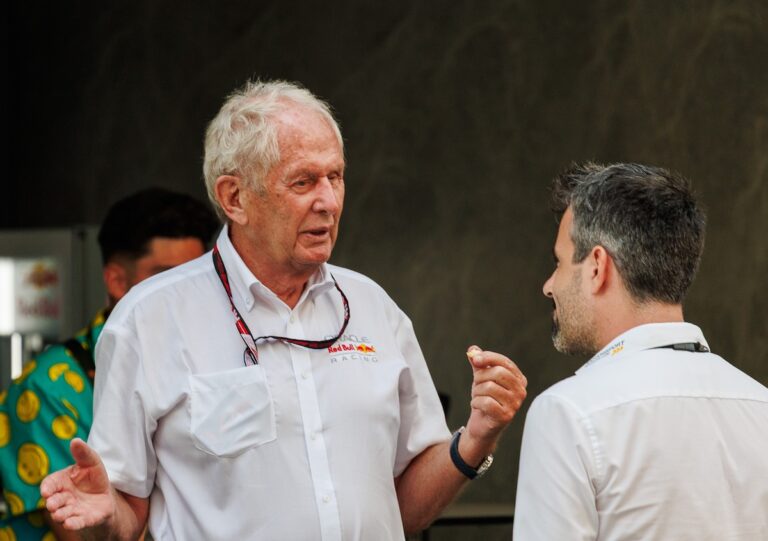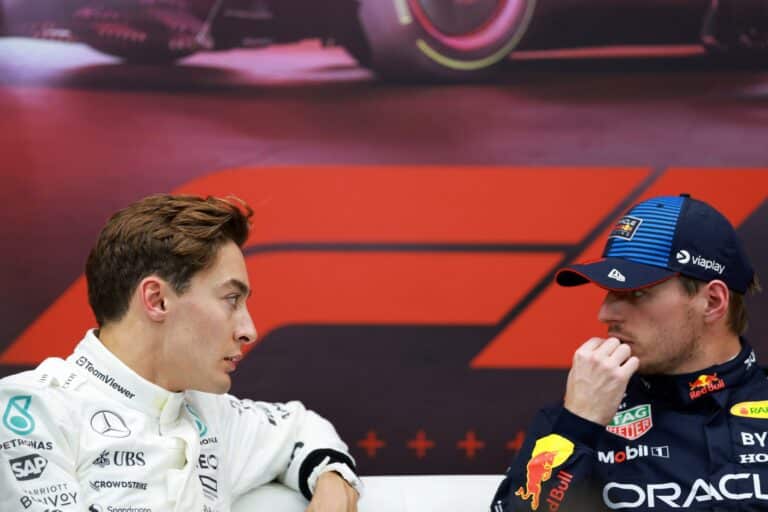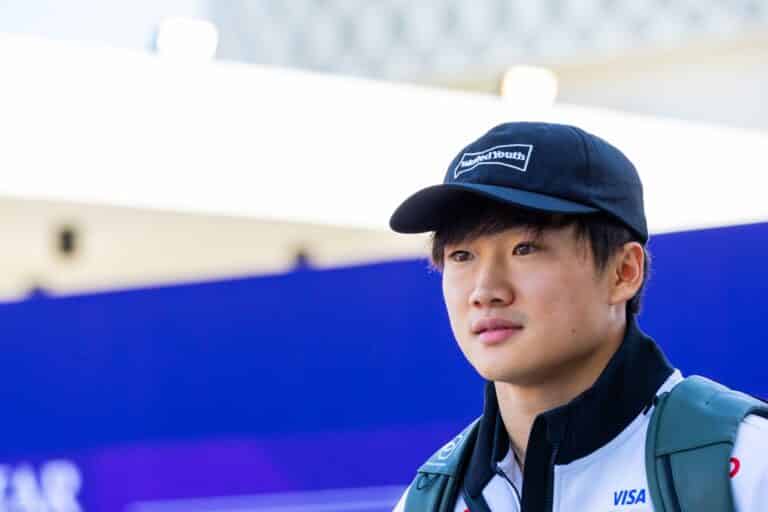Why Yuki Tsunoda Was Chosen and Why Now
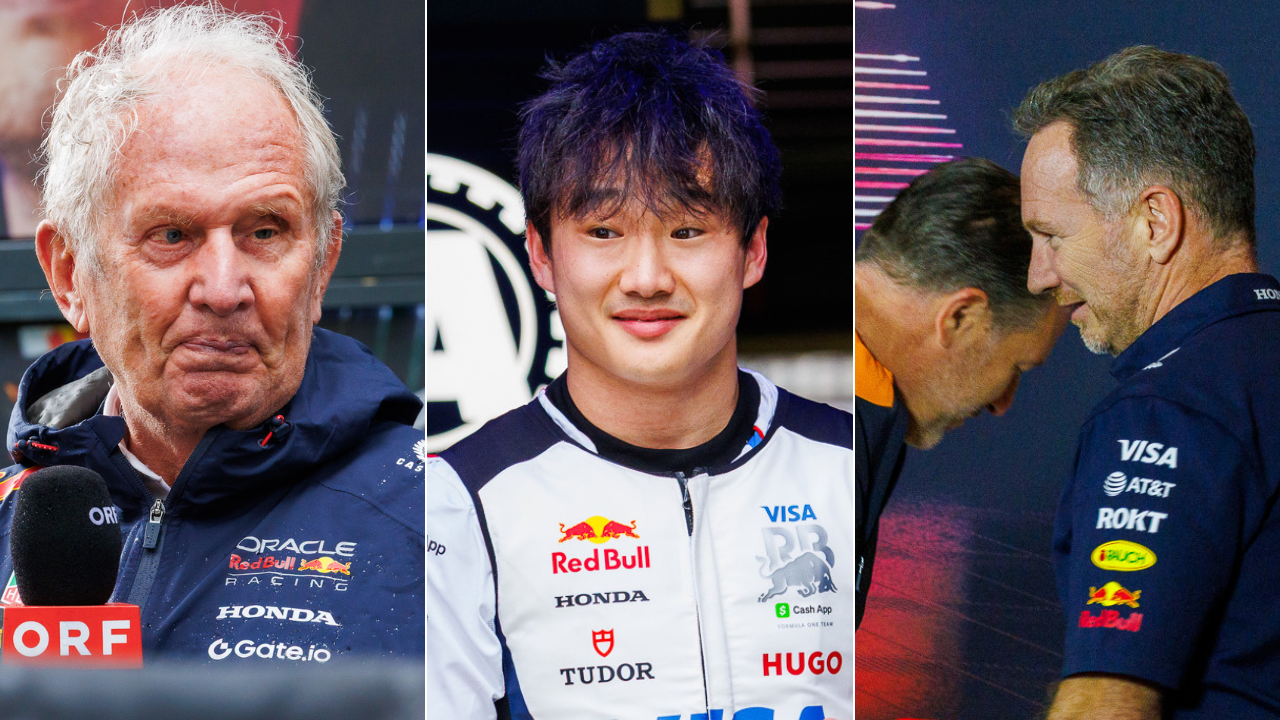
Red Bull has announced that Yuki Tsunoda will immediately step up to the senior team, replacing Liam Lawson, who will return to Racing Bulls ahead of the Japanese Grand Prix. This decision, while logical, has raised questions about its timing. Here’s why it happened and why now.
Red Bull’s Official Justification
The team’s official statement emphasized Tsunoda’s ability to contribute to car development—an area where Red Bull urgently needs support. With the RB21 proving to be an extremely difficult car to drive, and only Max Verstappen able to extract its full potential, Tsunoda’s skill set is seen as crucial in helping diagnose and resolve issues alongside engineers in Milton Keynes, England.
According to Red Bull sources, Tsunoda was favored due to his raw speed, his years of experience, and his newfound maturity, proving he is ready for the mammoth task ahead.
Dr. Helmut Marko, who had previously been skeptical about Tsunoda’s suitability for the Red Bull team, offered high praise for the Japanese driver after the Chinese Grand Prix, acknowledging how Tsunoda responded to the disappointment of not being promoted at the start of the 2025 season.
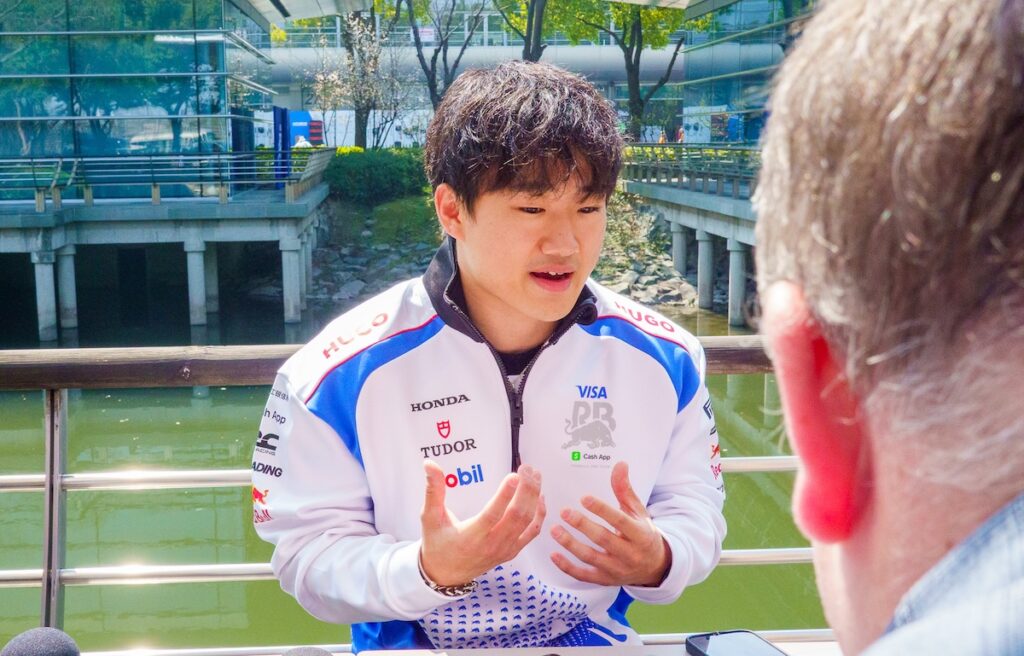
“Yuki is a different Yuki from the years before,” Marko told Autosport. “He is in the form of his life.
“Obviously he changed his management. He has a different approach. He’s more mature. It took a while, but now it looks like it’s working.”
Tsunoda’s promotion had influential backing from within Red Bull, particularly from Franz Tost, who remains an advisor to the team and has long been one of Tsunoda’s strongest supporters. Tost was reportedly frustrated when Red Bull initially chose Lawson over Tsunoda at the end of 2024.
Beyond his steady development over the past four years, experts have always acknowledged Tsunoda’s natural talent and raw speed. His adaptability, particularly in understanding and responding to complex car setups, was evident to Red Bull engineers during last year’s post-season test in Abu Dhabi. Tsunoda drove the RB20 and was praised by both Marko and Christian Horner after the session.
Why Now?
The biggest question the F1 world is now asking—why now, after just two Grands Prix? It’s a record-breaking mid-season swap that could have lasting repercussions for Liam Lawson’s motorsport career.
The timing of the decision has sparked controversy. It appears ruthless, not only to fans but also within the F1 paddock, especially since many believed Tsunoda had already earned the seat at the end of 2024. At the time, Red Bull justified choosing Lawson by citing his “higher development potential.”
However, Lawson struggled with fundamental adaptation issues, and Red Bull management lost confidence in his ability to get up to speed quickly.
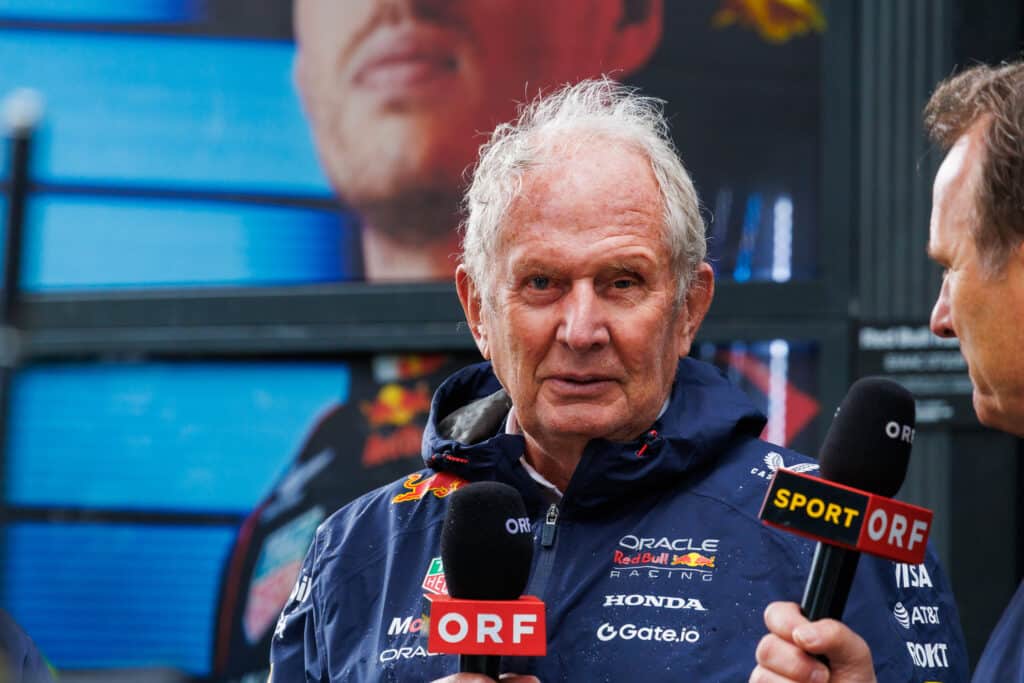
Dr. Helmut Marko admitted it was a mistake to pick Lawson over Tsunoda in the first place, telling Austrian outlet OE24:
“Yuki was too inconsistent. That’s why we unanimously decided on Lawson. But under the increased pressure, he couldn’t deliver, right from the first day in Australia. Then he went into a downward spiral. It’s like a battered boxer; it’s very difficult to get out of it. In that sense, it was a mistake.”
In short there were two fundamental reasons why Red Bull pulled the trigger now only after only two grand prix weekends for Liam Lawson
- Panic Over Lawson’s Performance
Red Bull quickly realized Lawson was not meeting expectations. Instead of contributing to car development, he struggled with fundamental adaptation issues and needed additional support just to feel comfortable in the RB21. This mirrored the difficulties they previously faced with Sergio Perez, and given how that situation unfolded, Red Bull was unwilling to risk another season with an underperforming driver.
The fear was that keeping Lawson in the car would slow Red Bull’s development efforts, making it harder to keep up with McLaren and Mercedes. As Lawson himself admitted:
“I think it’s just time,” he said when asked what he needs in order to feel more comfortable behind the wheel of the RB21.
“Unfortunately, I don’t really have time, but it’s just one of those things that, for me, driving a Formula 1 car takes 100 percent confidence in what you’re doing.”
While Lawson is undoubtedly a talented driver—having proven himself in Japan’s Super Formula and with Racing Bulls—Red Bull was simply unwilling to allow him the adjustment period he needed, fearing that every race spent waiting for improvement would compromise their championship campaign.
2. Internal Politics, Honda’s Influence, and Why Horner Changed His Mind
Powerful figures within Red Bull, particularly the German and Austrian factions led by Franz Tost, strongly advocated for Tsunoda from the very beginning. However, Christian Horner had previously blocked the move for both personal and commercial reasons.
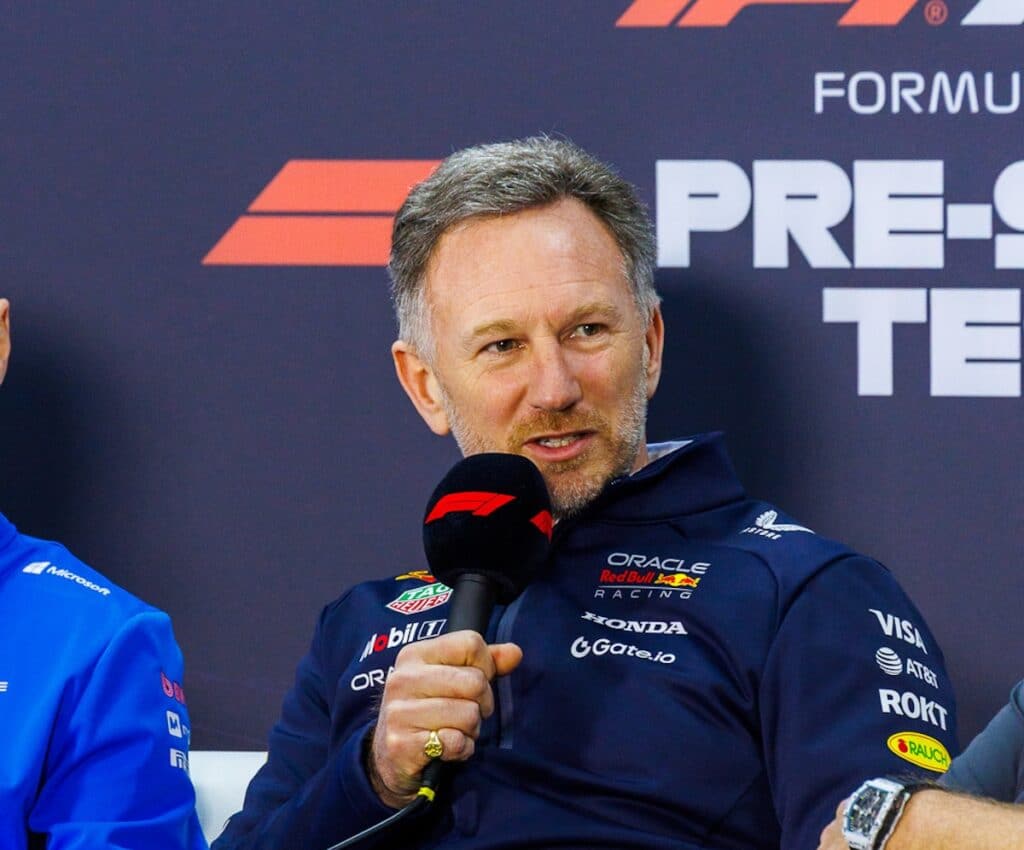
Some speculate that allowing Tsunoda’s promotion would have strengthened the competing German-Austrian faction within Red Bull—something Horner was unwilling to accept. With Max Verstappen already aligned with the Austrian camp and Helmut Marko as a close confidant, the addition of a second Austrian-backed driver could have further weakened Horner’s influence. Instead, he preferred to select a driver he could maintain greater control over.
Horner has never been a vocal supporter of Tsunoda. Some believe cultural and language barriers played a role, while others recall an early incident where Tsunoda inadvertently insulted Horner during their first meeting—a mistake reminiscent of when he used a slur to describe Zhou Guanyu’s driving.
Furthermore, Horner was reluctant to promote Tsunoda without financial backing from Honda, given Red Bull’s costly decision to develop its own engine. With Honda set to partner with Aston Martin in 2026 and rumors swirling about Adrian Newey’s potential departure, Red Bull faced mounting concerns. Initially, at the end of 2024, Horner approached Honda, requesting financial support for Tsunoda’s Red Bull seat. Honda declined, prioritizing its investment in Aston Martin. However, according to German sources, Honda was recently approached again and, this time, agreed to provide financial backing—ultimately making Red Bull’s decision easier.
But Horner’s sudden reversal wasn’t just about Tsunoda’s performance—it was driven by political survival. With Red Bull facing internal turmoil, Horner himself began to feel the pressure and recognized the need for a scapegoat should the team’s struggles continue. By finally approving Tsunoda’s move, Horner strategically shifted accountability back toward the Austrian camp, led by Helmut Marko and Franz Tost.
Horner has long resisted ceding influence within Red Bull, and placing a second Austrian-backed driver alongside Verstappen risked strengthening the faction that could challenge his authority. However, with the RB21 proving difficult to drive and the team falling behind McLaren and Ferrari, Horner saw an opportunity. If Tsunoda succeeds, he can claim credit for making the switch. If the move fails, the responsibility can be placed on Marko and the Austrian faction, reinforcing his own control over Red Bull’s driver decisions.
In essence, Horner preemptively averted blame by bowing to political pressure at the right moment—while still ensuring that, no matter the outcome, his position remains secure.
The Bigger Picture & Masterstroke for Honda
From a PR standpoint, this is a masterstroke for Honda. After the disastrous fallout from its failed Nissan merger, Honda is now poised to dominate headlines at the upcoming show run on Wednesday and again in Suzuka. The company will bask in the glory of its F1 investment, boosting national pride in Japan’s motorsport and automotive industries.
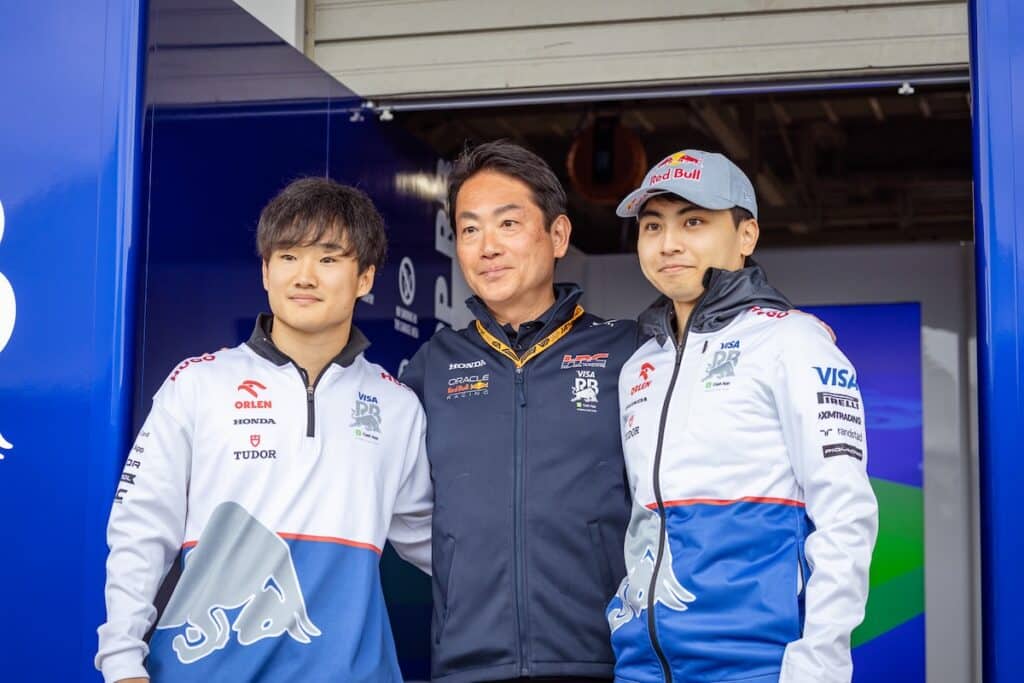
Honda’s journey in F1 has been full of twists and turns, from its initial decision to leave the sport to its dramatic U-turn as a works team partner for Aston Martin. But regardless of past missteps, this moment belongs to them.
Now, the pressure is on Tsunoda to deliver. If he can prove his critics wrong and cement his reputation as the most successful Japanese F1 driver ever—securing podiums and even victories alongside Max Verstappen—his promotion will be justified.
For now, let’s put aside the fact that the Red Bull car remains one of the most difficult to drive and that Tsunoda faces an uphill battle in car development. Instead, let’s celebrate this milestone ahead of the Japanese Grand Prix.
And perhaps, for once, say—Christian Horner finally made the right call.

